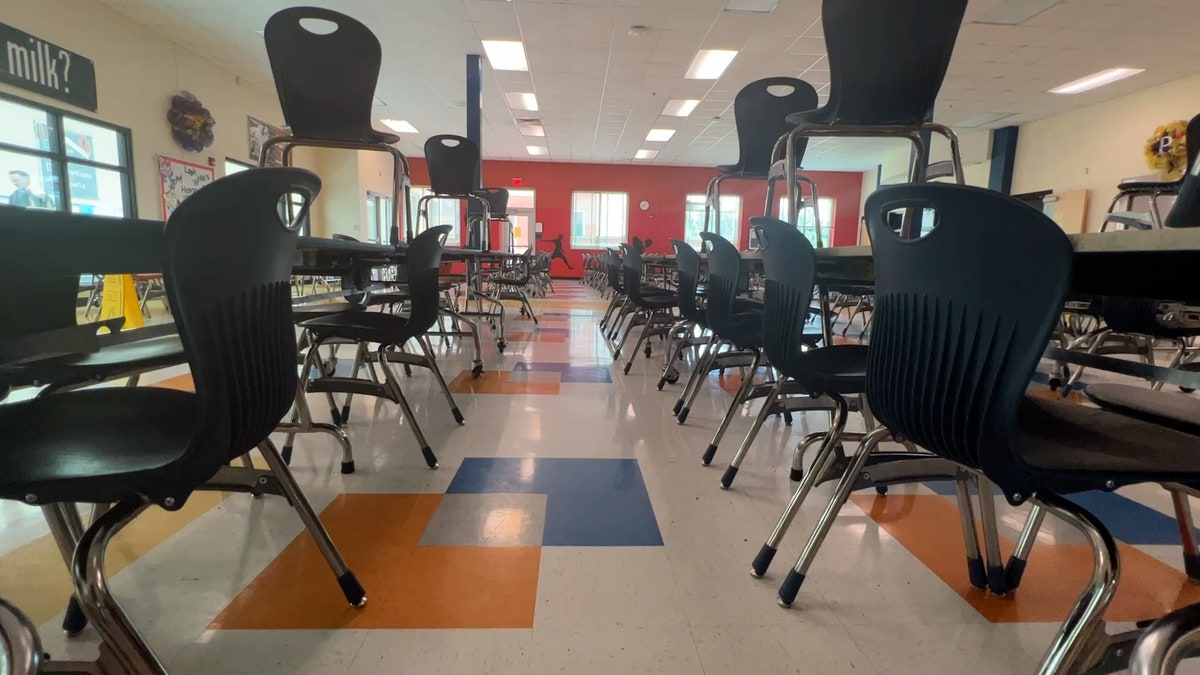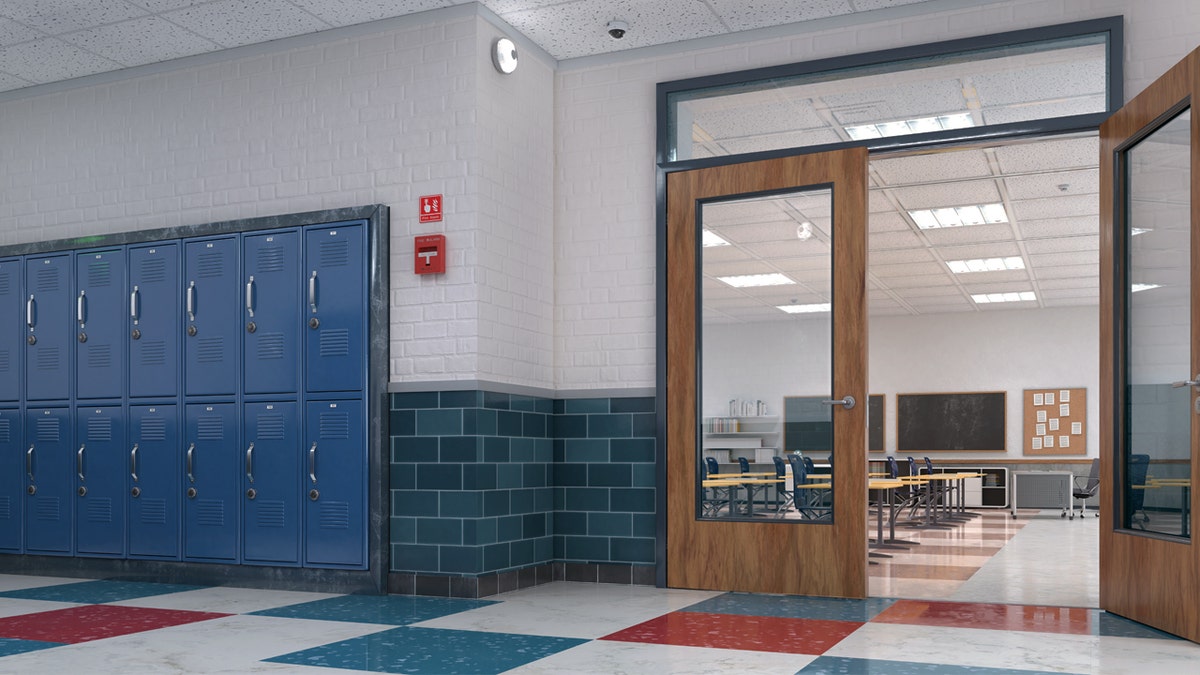Tulsi Gabbard: Public schools are not focusing on the essentials in education
Former presidential candidate Tulsi Gabbard says North Carolina Gov. Roy Cooper 'cares more about power than he does about the people' after declaring a 'state of emergency' over school choice bill on 'Fox News Tonight.'
Public school enrollment is declining in America's most populous cities, but despite the dip in attendance, school spending has increased in many urban districts, according to a report. Experts warn the disparity will have major implications for education policy.
Between 2013 and 2022, nationwide enrollment decreased by 2% from 49.9 million to 48.8 million, falling to some of the lowest points in decades, according to a report the Manhattan Institute published Thursday. Senior fellow Daniel DiSalvo and economic policy analyst Reade Ben found that even though enrollment numbers have declined, school districts have yet to adjust their staffing and budgeting to the reality of fewer students.
"Declining enrollment does not speak well to the level of confidence in large, urban-area public school systems," Ben told Fox News Digital.
New York, Illinois and California faced the largest student enrollment declines while Texas and Arizona saw the largest increases, according to the report. Texas is expected to surpass California for the most public school students, but even the Lone Star State's four biggest cities, Dallas, San Antonio, Houston and Austin, have seen slight declines over the last decade.
FEDERAL JUDGE BLOCKS BIDEN TITLE IX RULE IN 4 STATES: ‘ABUSE OF POWER’
The COVID-19 pandemic accelerated the enrollment decline, but the report primarily attributes the declining public school population to the increasing popularity of private schools, charter schools and homeschooling.

The largest student enrollment declines occurred in the states of New York, Illinois and California. (FNC)
"Many parents have opted to send their children to private or charter schools," Ben said. "As spending decreases and confidence declines, an important question must be asked: will throwing more money at a problem make it go away?"
Costs per student rose between 2013 and 2022 in New York City, Houston, San Diego, Dallas, Austin, Philadelphia, Chicago, San Antonio, and Los Angeles, according to the report. Public schools spent an average of $16,280 per pupil in 2020, an increase of 13% from 2010, according to the National Center for Education Statistics (NCES).
ADULTS WHO SKIPPED COLLEGE URGE HIGH SCHOOL GRADS TO FOLLOW SUIT, SAYS REWARDS ARE ‘IMMEASURABLE’
Over the past 60 years, the student–teacher ratio in public schools has fallen, on average, from 26-to-1 in 1961 to 16-to-1 in 2020, the Manhattan Institute reported, citing NCES data. Salaries and benefits for staff, including teachers and administrators, make up roughly 80% of school spending.
DiSalvo and Ben believe school districts should focus on whether lower teacher-to-student ratios raise student performance enough to make it worth the increased costs. They point to academic literature that suggests the impact of class size on improved student performance is "tenuous," citing studies that found that while class sizes have been falling for decades, student performance has not "markedly increased."

The student–teacher ratio in public schools has fallen in the past 60 years. (iStock)
They concluded that funding decisions need to be made in tandem with enrollment trends, even in the event of organized opposition from teachers’ unions, and suggested policymakers look at the best way to allocate resources to ensure the highest student performance.
"Politically, it is typically easier to defend the status quo than to enact changes that cost money—and easier to fight cuts than to increase spending," the report said. "This will put policymakers in a bind, insofar as they will have to make the case that cuts are required—unless they opt to increase taxes or find other ways to pay for schools with more teachers and staff but fewer students."
The study documented enrollment numbers in nine of the country’s 10 largest cities by population, excluding Phoenix, because numbers were difficult to collect, the report said. The school districts in the cities cited had a combined enrollment of 2.07 million students and educate roughly 4.35% of all pre-K–12 students in the United States.

